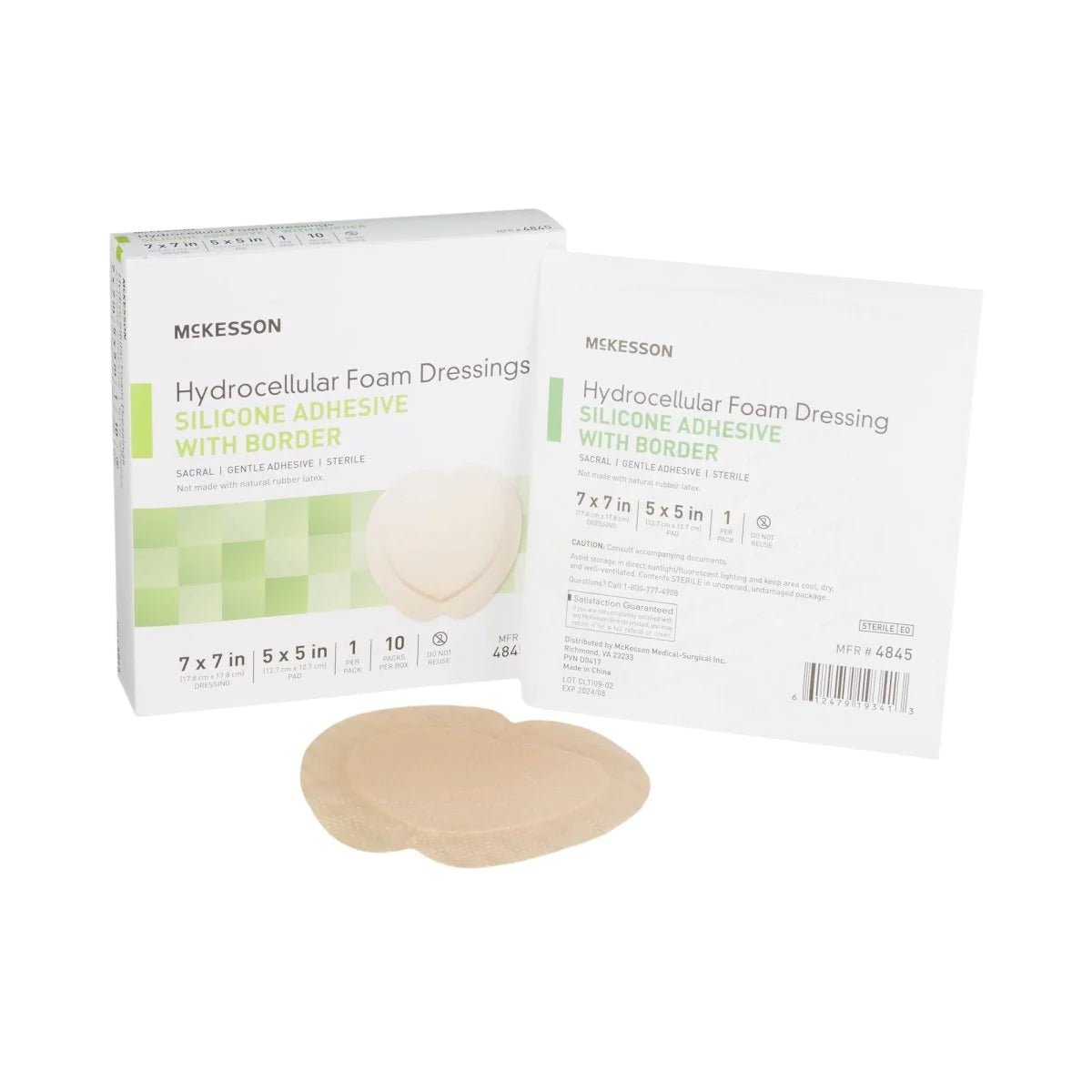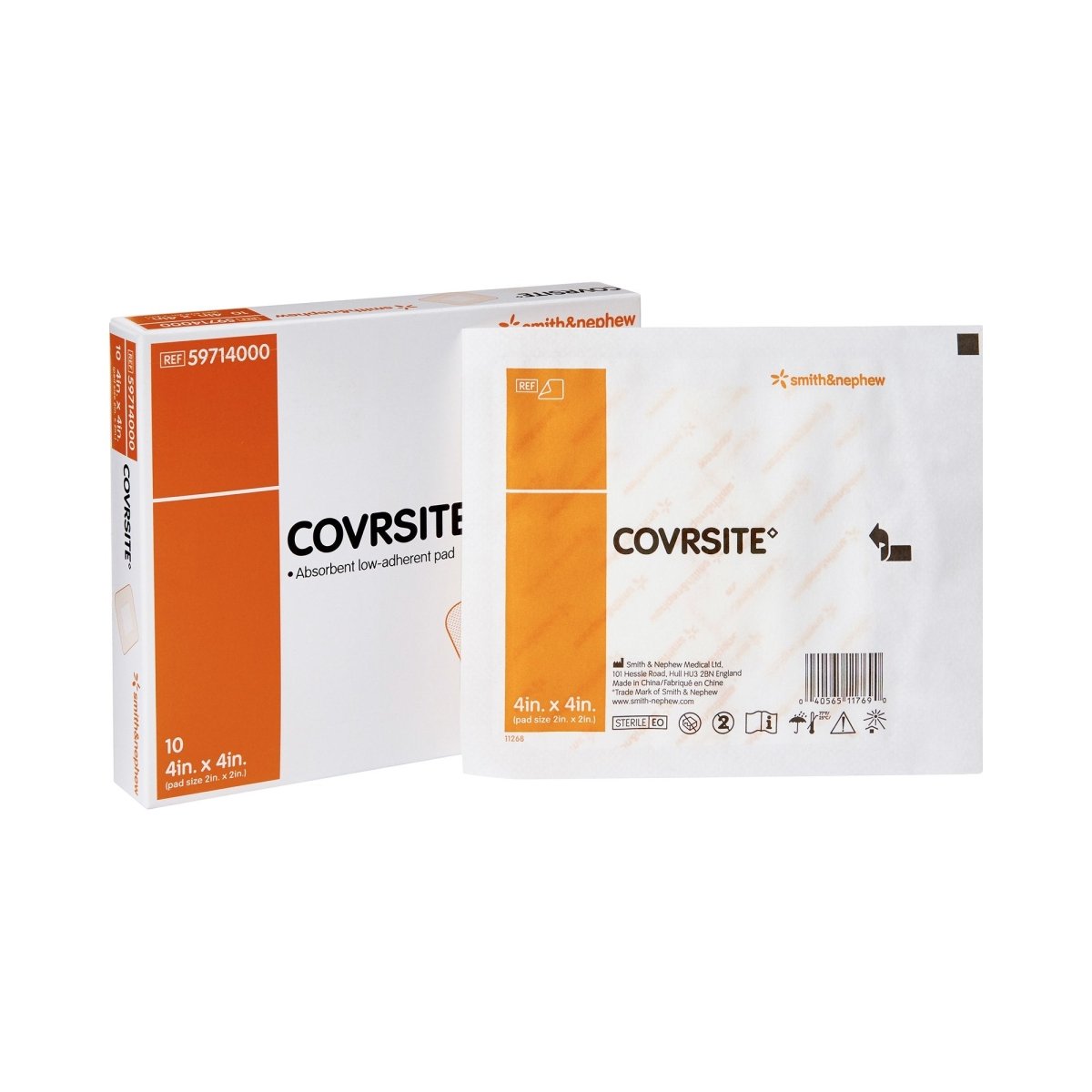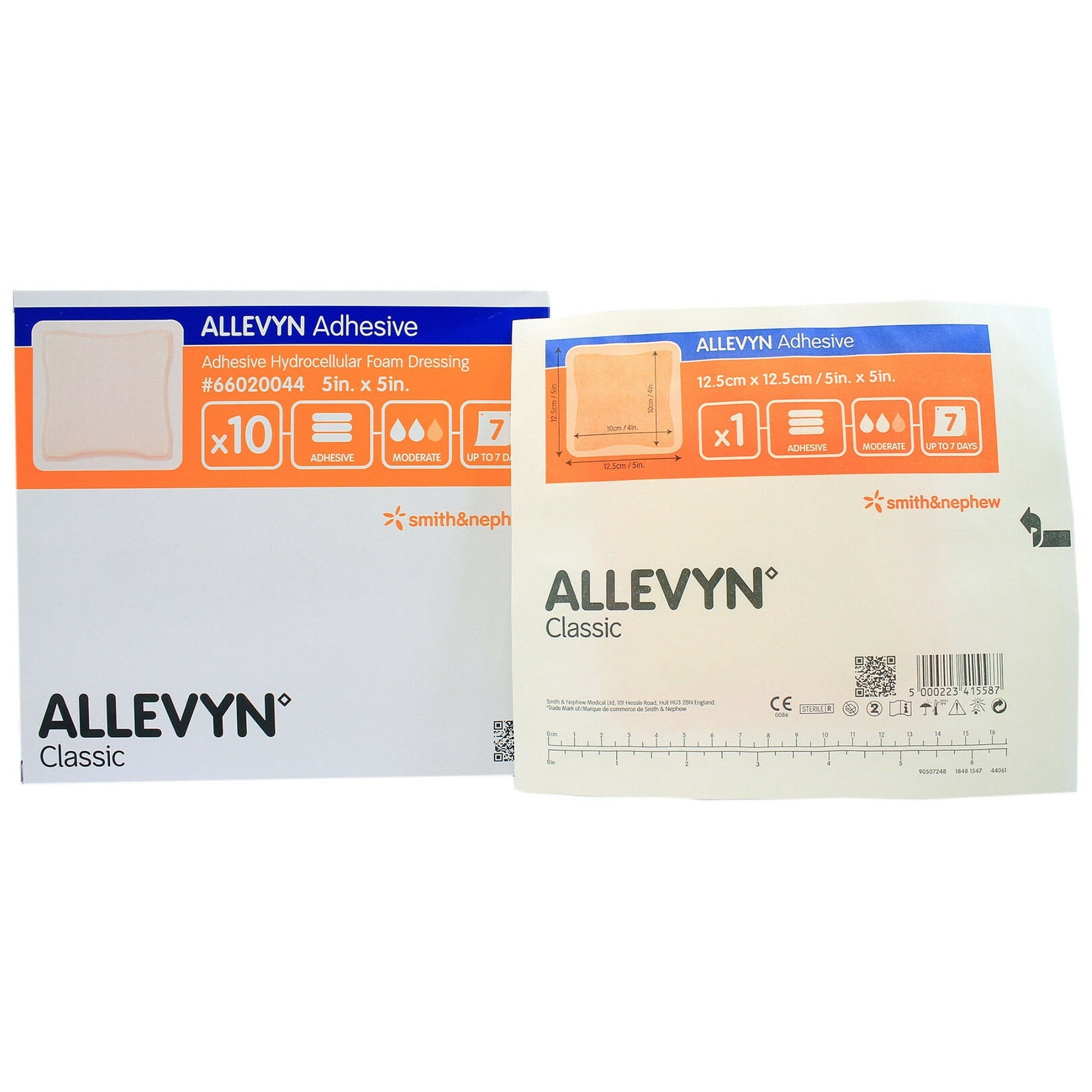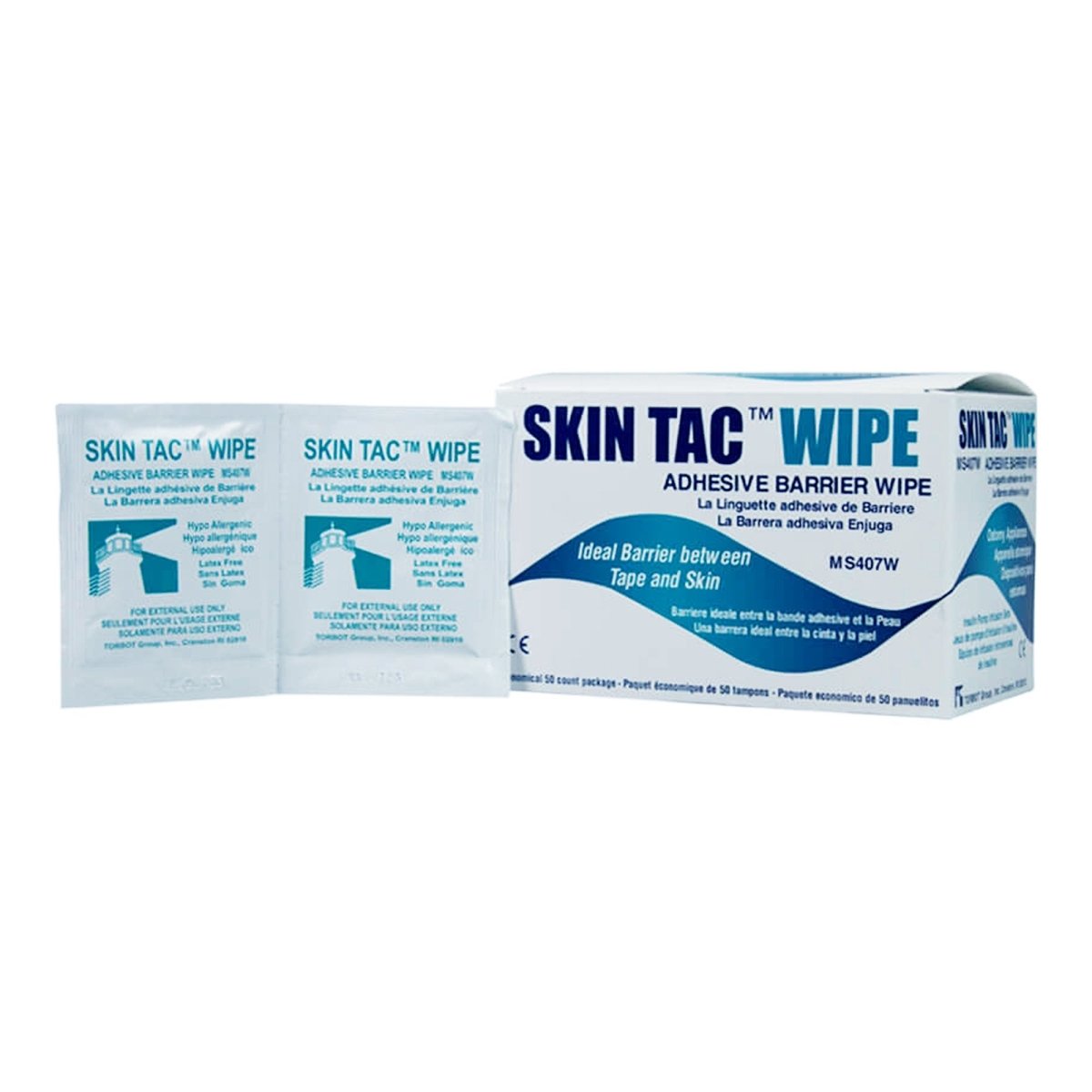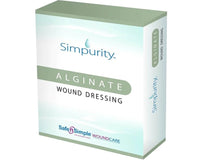Table of Contents
When it comes to wound care, choosing the right dressing is crucial for promoting healing, preventing infection, and ensuring optimal recovery. Among the various options available, wound care dressings and gauze play a vital role in creating an ideal environment for wounds to heal effectively. In this comprehensive guide, we will delve into the world of wound care dressings and gauze, exploring their types, functions, and how they aid in the healing process. Whether you're a healthcare professional or an individual seeking information on wound care, this article will provide you with valuable insights to make informed decisions and optimize your wound care regimen.
Understanding Wound Care Dressings
Wound care dressings are specially designed materials that are applied to wounds to promote healing and protect them from infection. These dressings come in various forms and are selected based on the type, size, and severity of the wound. Let's explore some commonly used wound care dressings:
1. Adhesive Bandages
Adhesive bandages, also known as sticking plasters, are perhaps the most recognizable wound care dressings. These dressings are composed of a pad, usually made of absorbent material, and an adhesive backing. Adhesive bandages are primarily used for small cuts, grazes, and minor injuries. They provide a barrier against dirt, bacteria, and moisture, promoting a clean and protected environment for wound healing.
2. Non-Adherent Dressings
Non-adherent dressings are designed to minimize trauma to the wound during dressing changes. These dressings have a smooth surface that doesn't stick to the wound bed, reducing the risk of reopening or disrupting the healing process. Non-adherent dressings are often made of materials such as silicone or low-adherent fabrics. They are suitable for wounds with minimal to moderate exudate.
3. Alginate Dressings
Alginate dressings are highly absorbent wound care dressings made from brown seaweed fibers. These dressings have excellent exudate management properties and are particularly effective for heavily exuding wounds, such as pressure ulcers or leg ulcers. Alginate dressings form a gel-like consistency when in contact with wound fluid, creating a moist environment that supports wound healing.
4. Hydrocolloid Dressings
Hydrocolloid dressings are occlusive dressings that contain gel-forming agents, such as gelatin or pectin, which absorb wound exudate. These dressings create a moist environment, promoting autolytic debridement and accelerating the healing process. Hydrocolloid dressings are commonly used for shallow wounds, such as abrasions or superficial burns.
5. Foam Dressings
Foam dressings are versatile wound care dressings that are highly absorbent and provide excellent cushioning. These dressings can manage a wide range of wounds, including pressure ulcers, surgical wounds, and diabetic foot ulcers. Foam dressings can be non-adhesive or adhesive, depending on the specific wound requirements.
6. Transparent Film Dressings
Transparent film dressings are thin, adhesive dressings that are permeable to air and moisture. These dressings create a protective barrier against bacteria and contaminants while allowing for visualization of the wound. Transparent film dressings are often used for minor wounds, superficial abrasions, or as a secondary dressing to secure other dressings in place.
7. Compression Dressings
Compression dressings are designed to provide pressure and support for wounds with high exudate or underlying conditions, such as venous leg ulcers or lymphedema. These dressings help reduce swelling, improve blood circulation, and aid in the healing of chronic wounds. Compression dressings come in various forms, including bandages, wraps, or multi-layer systems.
Gauze: A Versatile Wound Care Essential
Gauze is a widely used and versatile material in wound care. It is made from cotton or synthetic fibers and is available in various forms, including pads, rolls, and sponges. Gauze offers several benefits in wound care:
1. Absorption and Exudate Management
Gauze dressings are highly absorbent, making them ideal for managing wounds with moderate to heavy exudate. The woven structure of gauze allows it to absorb fluids while preventing pooling, which can hinder wound healing. Additionally, gauze can be impregnated with antimicrobial agents to minimize the risk of infection.
2. Wound Debridement
Gauze can be used for mechanical debridement, assisting in the removal of necrotic tissue, slough, and debris from wounds. By gently wiping or packing the wound with gauze, healthcare professionals can promote a clean wound bed and facilitate the healing process.
3. Protection and Cushioning
Gauze dressings provide a protective layer over wounds, shielding them from external contaminants and friction. The soft and pliable nature of gauze also offers cushioning, reducing pressure on the wound site and minimizing discomfort.
4. Secondary Dressing
Gauze can be used as a secondary dressing, providing additional absorbency and securing primary dressings in place. It is often combined with other wound care products, such as transparent film dressings or foam dressings, to enhance the overall effectiveness of the dressing regimen.
In conclusion, wound care dressings and gauze play a crucial role in promoting effective wound healing and minimizing the risk of complications. Understanding the different types of dressings and their applications empowers individuals to make informed choices and optimize their wound care regimen. Whether it's adhesive bandages for minor cuts

